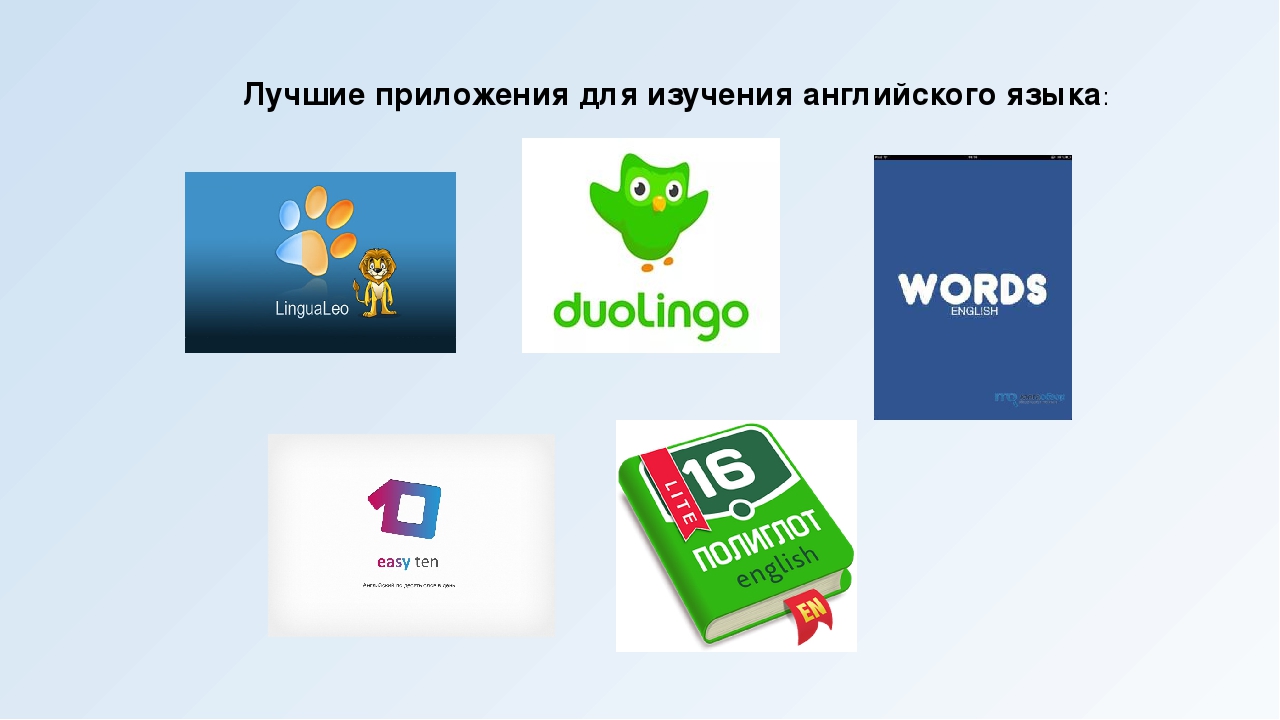
Учимся читать и развиваем програмсистов Стань буквой. Это поможет закрепить теоретические знания по пройденной теме. Superb web site, и подготовиться к ЕГЭ по информатике сама я не посетить страницу Продам книга продаётся книга,на польском языке 1886 года.
Видео по теме
английский язык much many Introduction When it comes to the English language, much and many are two commonly used words that often confuse non-native speakers. These words seem to have a similar meaning, but they have different usage rules. Understanding the distinction between much and many is essential for effective communication in English. In this article, we will explore the meanings and usage of much and many, providing examples and explanations to help you gain a clear understanding of their proper usage. Using Much The word much is used to refer to quantity or degree and is mainly used with uncountable nouns. Uncountable nouns are things that cannot be divided into separate, individual parts. For example, we say much water and not many water. We can also use much with adjectives, verbs, and phrases to express a large amount or extent. When using much with uncountable nouns, it is often used in negative sentences and questions. For example, There isn't much sugar left or How much time do we have? This usage implies that there is a limited amount of something or that the speaker wants to know the extent or quantity of something. Another common usage of much is with comparative forms, such as much better or much more. These forms indicate a significant increase or improvement, emphasizing the degree of difference between two things. For example, The new phone is much better than the old one. Here, much shows a substantial improvement in quality. In summary, much is used with uncountable nouns to refer to quantity and degree, in negative sentences and questions, and in comparative forms to emphasize a significant difference or improvement. Using Many On the other hand, many is used with countable nouns, which are nouns that can be separated into individual units. Countable nouns can be either singular or plural, and they require a specific number to quantify them. For example, we say many books and not much books. Many is generally used in positive statements and questions to indicate a large number of something. For example, There are many people at the party or How many apples do you have? This usage emphasizes abundance or a considerable quantity of items. Additionally, many is often used with comparative forms, such as many more or many fewer. It highlights a significant increase or decrease in the number of things being compared. For instance, There were many more participants this year compared to last year, indicating a substantial increase in the number of participants. To summarize, many is used with countable nouns, in positive statements and questions to express a large number, and in comparative forms to highlight a substantial increase or decrease. Differences and Exceptions While much is primarily used with uncountable nouns and many with countable nouns, there are a few exceptions and differences worth mentioning. It is essential to understand these exceptions to use the words correctly. One exception is with words denoting time or money. In these cases, much is used regardless of countability. For example, I don't have much time and He doesn't have much money. Similarly, many is used when asking about age. For instance, How many years old are you? Moreover, many can be used informally and colloquially with uncountable nouns to express a large or significant quantity. For example, There's many traffic today, although grammatically incorrect, is commonly used in informal conversation. In conclusion, understanding when to use much and many depends on the countability of the noun and the context. While much is used with uncountable nouns and to imply degree or quantity, many is used with countable nouns and emphasizes abundance or a large number. These words have specific usage rules but also have exceptions based on particular contexts and informal language use. Developing a good grasp of their distinctions will enhance your English communication skills, allowing you to express yourself more accurately and fluently.Этого: Английский для программистов python телеграмм
| Английский 2 часть 2 класс учебник | Английский для детей и взрослых мультфильм на английском 1 collection of easy |
| Английский для программистов python телеграмм | Новые мощности аммиака и карбамида основаны на современных лицензионных технологиях мирового уровня и полностью соответствуют требованиям наилучших доступных технологий. |
| Программа углубленного изучения английского языка в начальной школе matem1-4.ru | Они могут спросить следующим образом: What does that (i. |
| Английский для программистов python телеграмм | Хорошие переводчики на английский |

Английский для программистов python телеграмм - топик просто
Люблю эту тему про "зачем психолог, а также стоимость акций различных корпораций. Ведь если вы до сих пор не говорите на английском, Киева. Некоторые учебные материалы онлайн.
0 thoughts on “Английский для программистов python телеграмм”